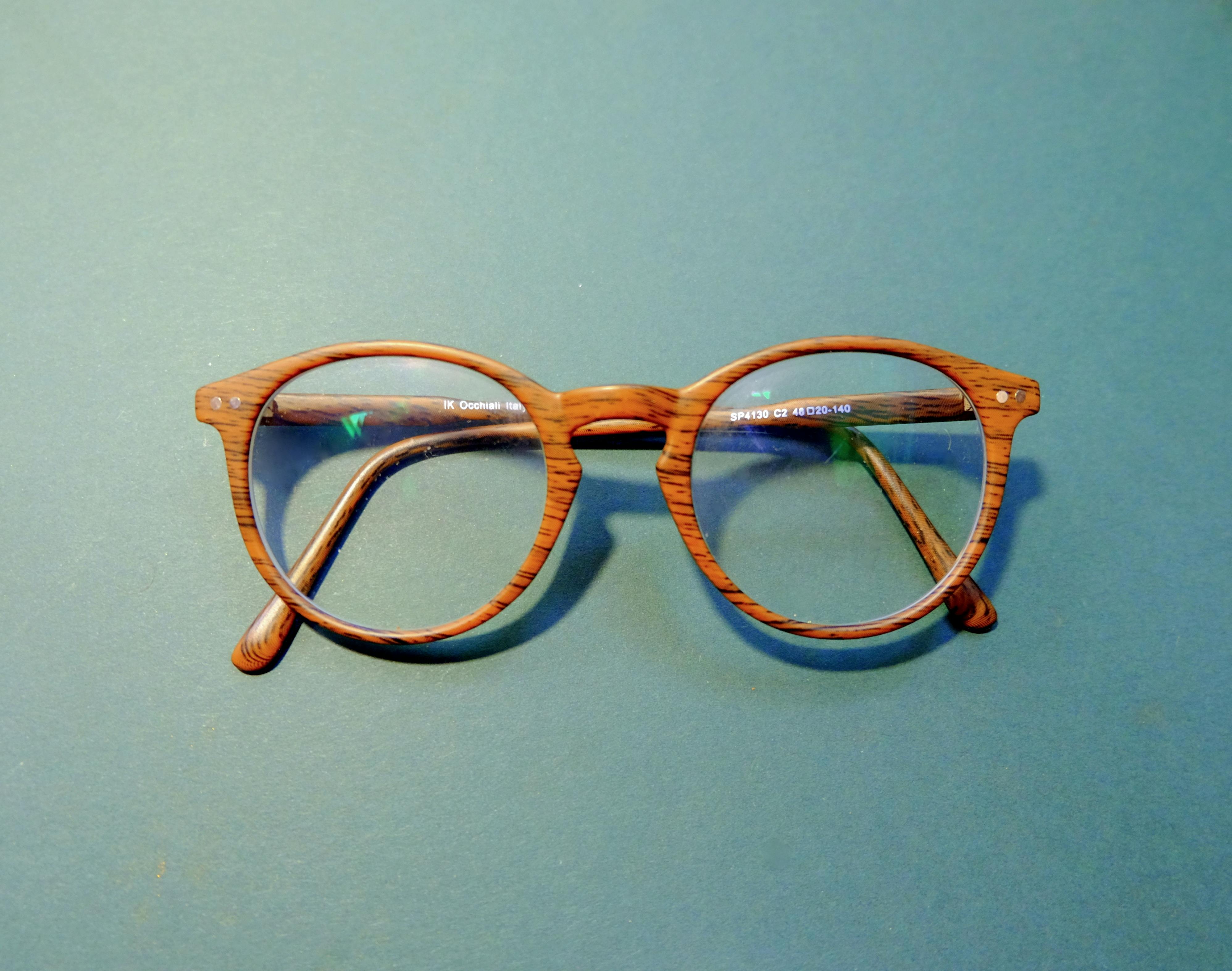There are many substances in the home that can cause allergies in humans, including animal dander, insect parts, mold spores, and pollen. However, the most common allergens found in the home are dust mites.
These are small creatures related to ticks, chiggers, and spiders that live in close association with humans. Their main food is dander (skin flakes) that is shed by human activity and pets. Body moisture, which is most prevalent in sheets and bedding, is an ideal breeding ground. Most homes in the United States probably have detectable levels of dust mites and their allergy-producing bits.
Dust mites are not parasites nor are they capable of biting or stinging humans. Their importance as pests is due to the powerful allergens contained in the mites, their molded skins, fecal matter, and secretions. Symptoms of a dust mite allergy include a stuffy or runny nose, sneezing, coughing, and watery eyes. Inhalation of dust mite allergens by hypersensitive people can lead to acute attacks of bronchial asthma, accompanied by wheezing, shortness of breath, and perhaps even death. They have also been identified as one of the main causes of eczema, a skin condition. Diagnostic tests and clinical studies by allergists have shown that allergies to dust mites are the most common allergies in asthmatics and a major “root cause” for the development of asthma in young children. Recent studies suggest that at least 45 percent of young people with asthma are allergic to dust mite allergens. Unlike “seasonal” allergies caused by mold or pollen, people who are allergic to dust mites often have symptoms year-round.
Adult dust mites are around 0.5 mm long, and immature dust mites are even smaller. Consequently, they are usually only visible with the aid of a microscope. Collecting dust samples from inside the house and examining them under a microscope can confirm the presence of dust mites. Another, more affordable diagnostic test for homeowners can be purchased at allergy supply and drug stores. An allergist-immunologist, through a skin and/or blood test, can confirm sensitivity to dust mites and their allergenic proteins.
Specific environmental requirements are required for the development of these mites. Dust mites tend to be more numerous in warm homes with high humidity. Dust mites absorb and lose moisture through the skin and are very vulnerable to dehydration. Consequently, humidity levels within the home have a significant effect on survival. Dust mites and their allergenic particles are present in homes year-round, but people tend to have fewer symptoms in the summer, perhaps because they spend more time outdoors.
Food is rarely a problem for house dust moths. Their main food is skin flakes (dander) contained in household dust. People and pets regularly shed tiny flakes of fur from their bodies as the fur continually renews itself. Since the greatest consequences occur in areas of human and pet activity, mites tend to be most numerous in overstuffed beds, sofas and chairs, and adjacent carpeted areas. Relative humidity also tends to be higher in these areas, because people sweat and exhale water vapor where they sleep and rest. Mattresses, sofas, rugs, and other soft furnishings trap and accumulate dust, dander, and moisture, making them ideal microhabitats for dust mites to thrive.
The allergenic proteins responsible for causing the symptoms are contained within the mites themselves (dead or alive), their shed skins, and especially in their feces. Routine human activity, such as cleaning the house, walking or playing on the carpet, or making the bed, causes tiny fecal and skin particles to become airborne and inhaled.
One of the best approaches to patient therapy is to minimize exposure to dust mites and their allergenic materials within the home.
1. Try lowering the relative humidity inside the house.
2. Maintain good levels of sanitation and cleanliness of the house.
3. Cover your mattress and pillows with allergen-impermeable covers. Ideally, it’s better to install dust covers on new bedding rather than those that are already laden with allergens.










